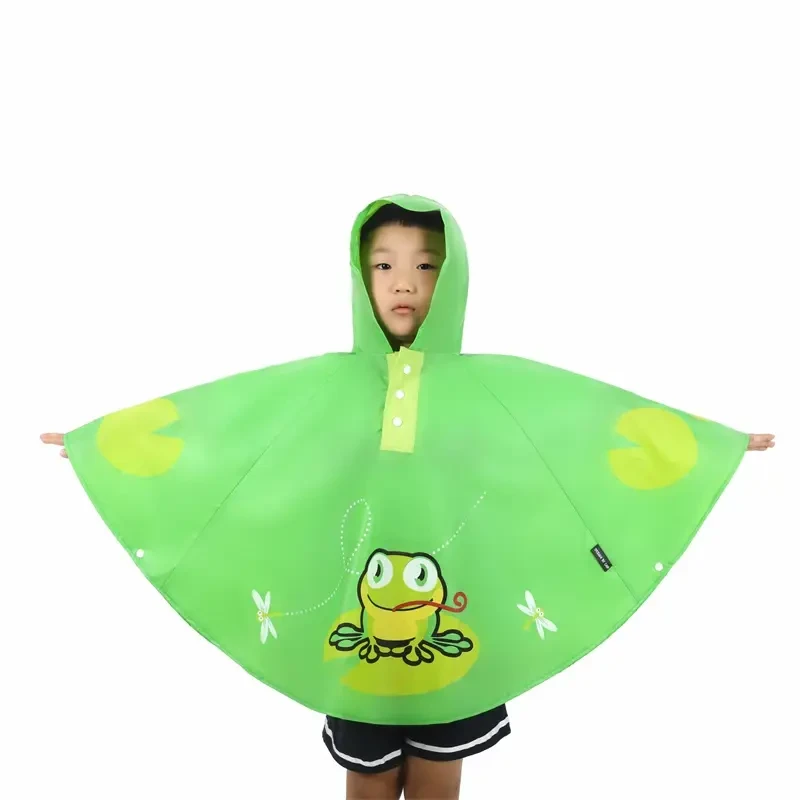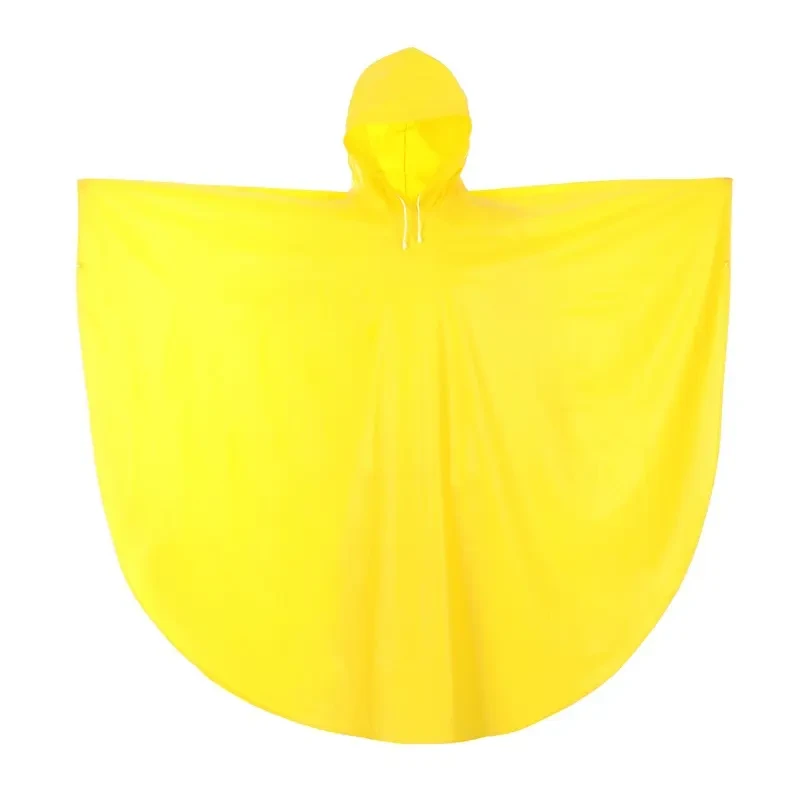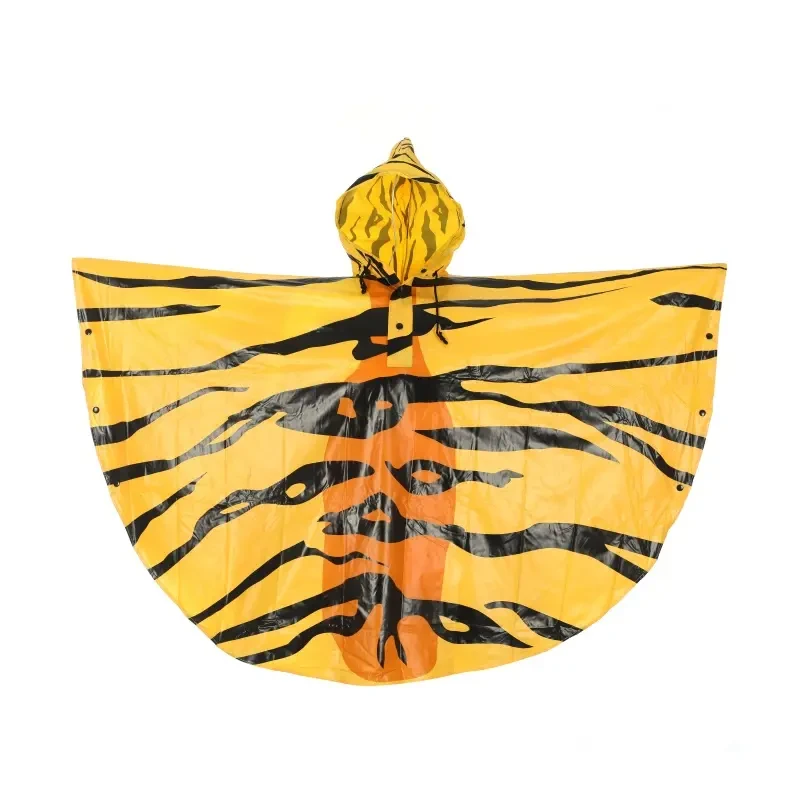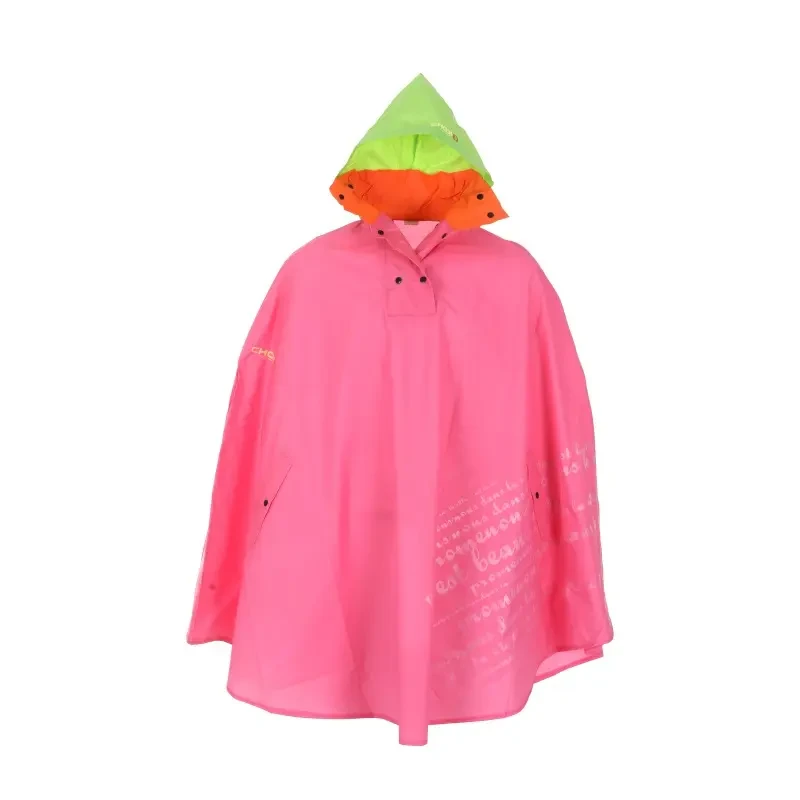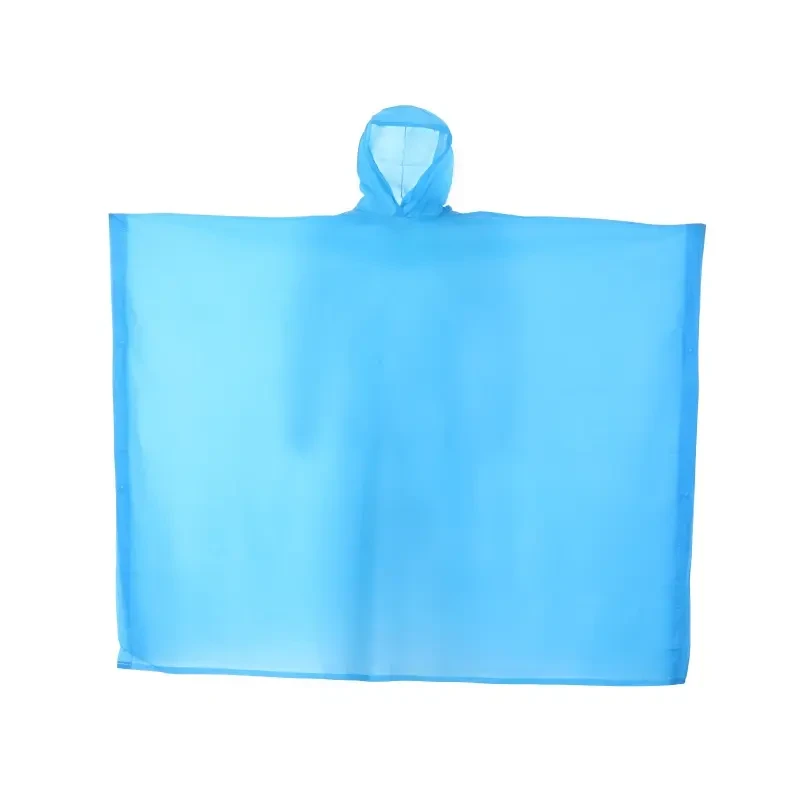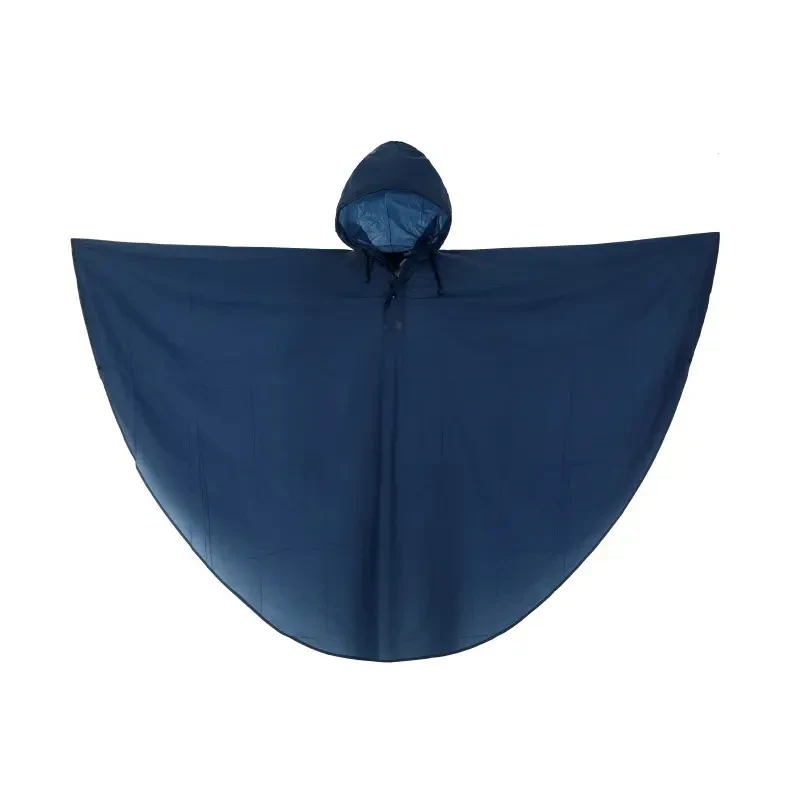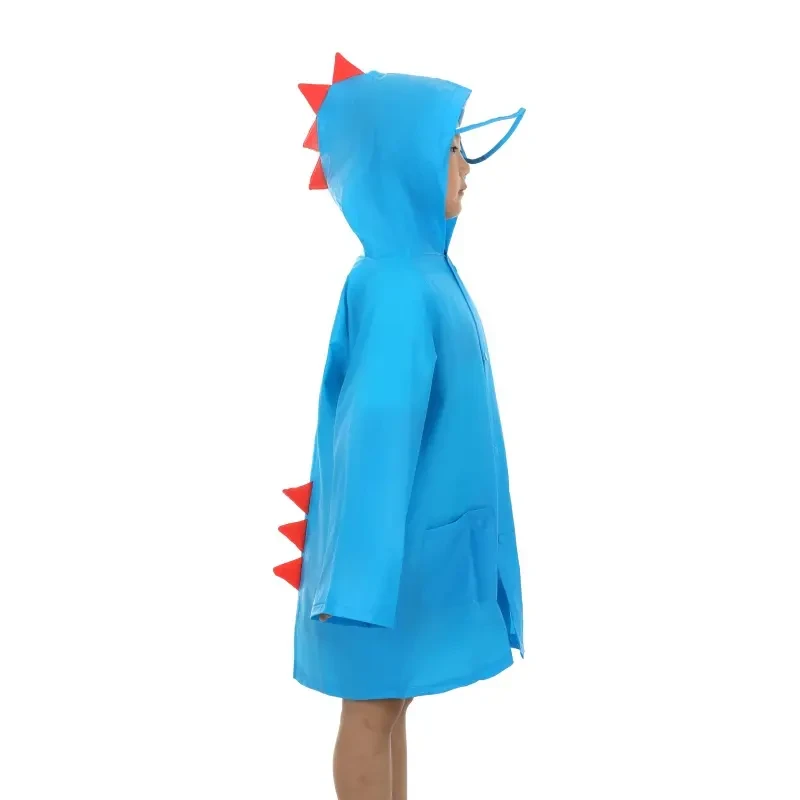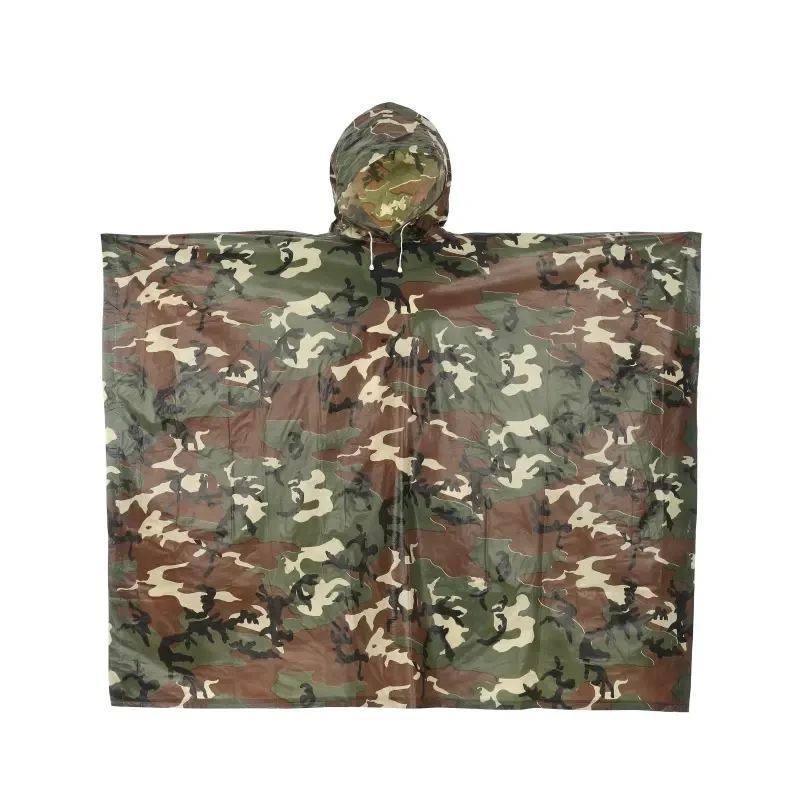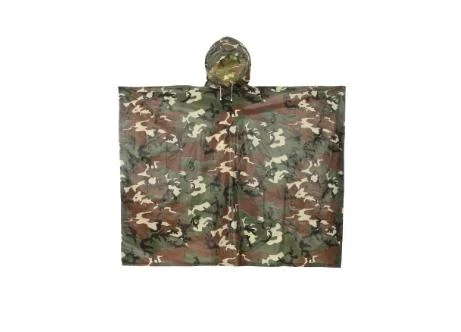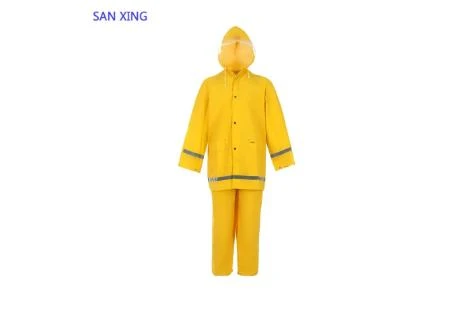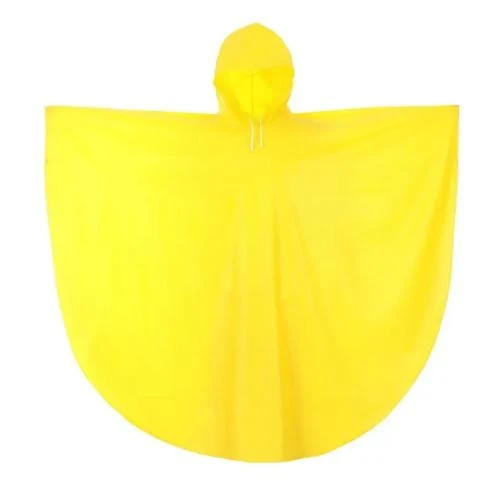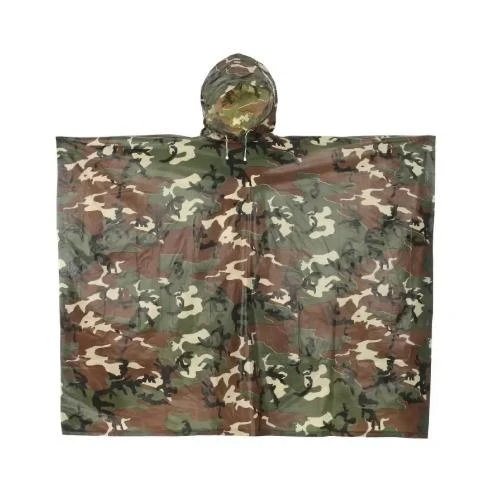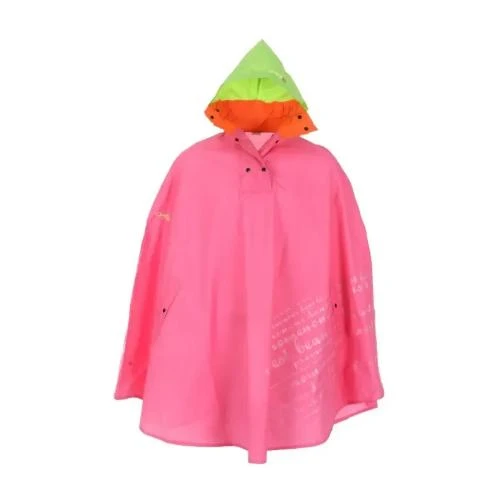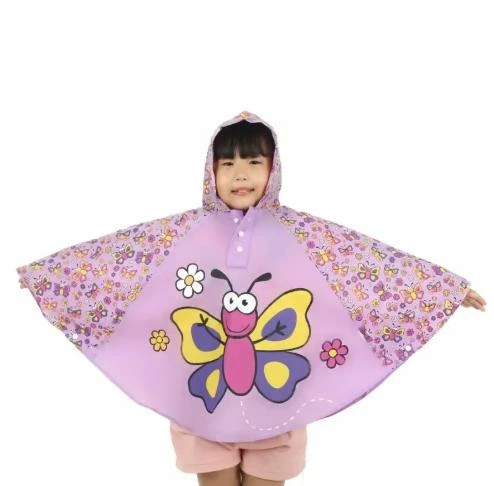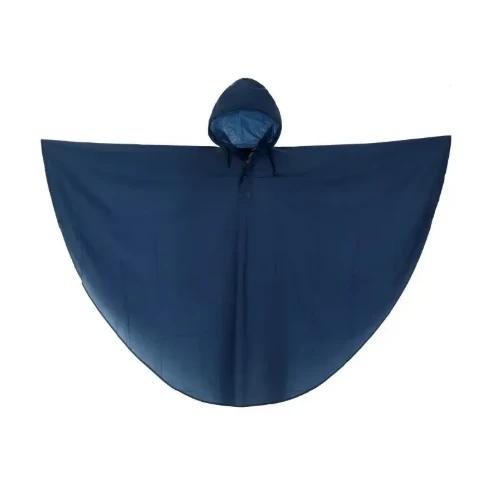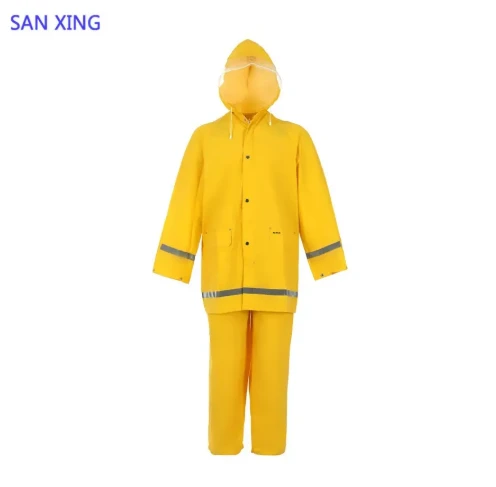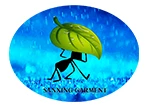
- Afrikaans
- Albanian
- Amharic
- Arabic
- Armenian
- Azerbaijani
- Basque
- Belarusian
- Bengali
- Bosnian
- Bulgarian
- Catalan
- Cebuano
- Corsican
- Croatian
- Czech
- Danish
- Dutch
- English
- Esperanto
- Estonian
- Finnish
- French
- Frisian
- Galician
- Georgian
- German
- Greek
- Gujarati
- Haitian Creole
- hausa
- hawaiian
- Hebrew
- Hindi
- Miao
- Hungarian
- Icelandic
- igbo
- Indonesian
- irish
- Italian
- Japanese
- Javanese
- Kannada
- kazakh
- Khmer
- Rwandese
- Korean
- Kurdish
- Kyrgyz
- Lao
- Latin
- Latvian
- Lithuanian
- Luxembourgish
- Macedonian
- Malgashi
- Malay
- Malayalam
- Maltese
- Maori
- Marathi
- Mongolian
- Myanmar
- Nepali
- Norwegian
- Norwegian
- Occitan
- Pashto
- Persian
- Polish
- Portuguese
- Punjabi
- Romanian
- Russian
- Samoan
- Scottish Gaelic
- Serbian
- Sesotho
- Shona
- Sindhi
- Sinhala
- Slovak
- Slovenian
- Somali
- Spanish
- Sundanese
- Swahili
- Swedish
- Tagalog
- Tajik
- Tamil
- Tatar
- Telugu
- Thai
- Turkish
- Turkmen
- Ukrainian
- Urdu
- Uighur
- Uzbek
- Vietnamese
- Welsh
- Bantu
- Yiddish
- Yoruba
Čvn . 05, 2025 15:38
- Introduction: Global rainwear market overview
- Material technology breakthrough analysis
- Top manufacturer capability comparison
- Advanced customization processes
- Specialized solutions by user segment
- Industry application case studies
- Future manufacturing partner selection
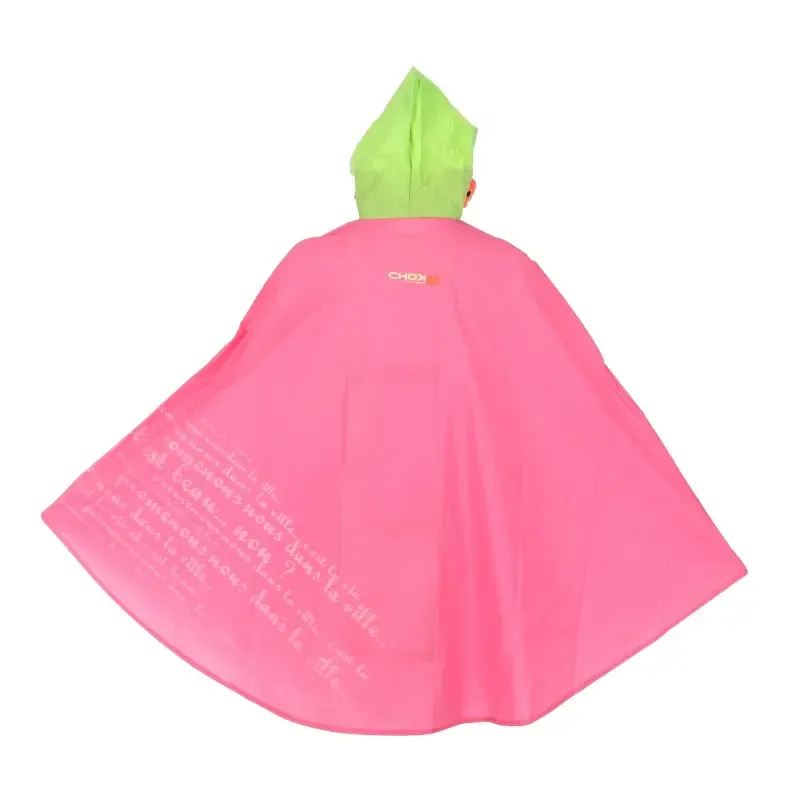
(raincoat manufacturers)
Raincoat Manufacturers and the Global Waterproof Apparel Market
The global waterproof apparel market reached $1.84 billion in 2023, with industry projections indicating 5.7% CAGR through 2030. Demand patterns show consistent growth in both consumer and industrial protective segments. Professional raincoat manufacturers
serve diverse sectors including emergency services, construction, marine operations, and outdoor recreation. Material innovation represents the most significant cost factor, accounting for 48-65% of production expenses. Leading manufacturing clusters are concentrated in Southeast Asia (43% output), Central America (28%), and Eastern Europe (19%). Production timelines range from 18 days for standardized orders to 35 days for specialized technical designs requiring custom tooling.
Technical Breakthroughs in Weatherproof Fabrication
Advanced nanotechnology treatments now offer permanent hydrophobicity without compromising fabric breathability. Current market leaders utilize 3-layer laminated membranes capable of 35,000mm water column resistance while maintaining moisture vapor transfer rates exceeding 15,000g/m²/24h. Significant innovations include:
- Self-repairing membrane technologies that automatically seal micropunctures
- Antibacterial silver-ion infused linings maintaining hygiene during extended use
- Photovoltaic-integrated textiles enabling wearable power generation
PVC raincoat manufacturers particularly benefit from new non-phthalate plasticizers reducing environmental impact by 72%. Third-party certification standards like ISO 14064 and bluesign® adoption has increased 300% since 2018, reflecting industry commitment to sustainability.
Performance Comparison of Leading Industrial Producers
| Manufacturer | Production Capacity | Material Specialization | Certifications | Minimum Order Quantity |
|---|---|---|---|---|
| Protex Industries | 850,000 units/month | Technical PVC membranes | ISO 9001, Oeko-Tex 100 | 500 units |
| AquaShield Garments | 1.2 million units/month | Recycled PET fabric | GOTS, ISO 14001, SA8000 | 2,000 units |
| HydroTech Manufacturing | 600,000 units/month | Nano-coated breathable textiles | bluesign®, WRAP | 1,500 units |
| Titan Weathergear | 420,000 units/month | Specialist men's raincoat manufacturing | ISO 20471, ISO 13688 | 800 units |
Comprehensive Customization Methodology
Industrial garment manufacturing requires specialized technical processes for effective customization. Design specification implementation follows a 7-stage protocol:
- Material selection analysis for intended usage environment
- Pattern engineering with 2mm precision tolerance
- Prototyping with waterproof seam stress-testing
- 3D simulation modeling for ergonomic validation
- Production sample creation with quality assurance inspection
- Pre-production batch verification
- Full-scale manufacturing with stage-gate inspections
Men raincoat manufacturers typically maintain pattern libraries accommodating 25 standard sizes with scalable grading systems. Premium partners offer anthropometric adjustments for specialized industrial applications, supporting height variations between 150-215cm and chest measurements from 85-165cm.
Specialized Solutions by Application Segment
Sector-specific requirements significantly influence manufacturing specifications. Professional cycling gear demands exceptionally lightweight protection under 400g, while industrial safety rainwear requires EN ISO 20471 certified high-visibility elements. Fishing apparel necessitates saltwater-resistant coatings rated to 35,000mm hydrostatic pressure. Tactical applications involve chemical-resistant membranes meeting MIL-SPEC standards with infrared signature management.
Consumer preferences show distinct regional patterns: European markets prefer unlined breathable designs (78% of premium sales), while North American markets favor insulated systems (63% of volume). Temperature-regulated designs utilizing PCM (Phase Change Material) technology represent the fastest-growing segment, projected to increase 320% by 2028.
Manufacturing Success Stories
The Port of Rotterdam implemented customized PVC raincoats with built-in emergency position indicators after incidents revealed 47% of water rescues occurred in darkness or fog. New garments decreased worker retrieval time from 28 minutes to under 9 minutes. Similarly, a Brazilian construction firm reduced rain-related accidents by 68% using high-visibility rainwear with conductive safety strips that automatically deploy fall protection when detecting rapid descent.
Leading Nordic outdoor brands report 92% customer retention after introducing recyclable polyester designs with seamless ultrasonic welding. Consumer testing data indicates these advances increase perceived durability ratings by 140% while decreasing environmental impact metrics by 87% compared to conventional designs.
Selecting Advanced Raincoat Manufacturers
Identifying optimal partners requires evaluating technical capabilities against specific application requirements. Professional procurement teams assess core competencies including:
- Minimum tensile strength ratings: 500N (industrial), 300N (consumer)
- Seam sealing technology: traditional tape vs. ultrasonic welding
- Protective feature integration capabilities
- Waterproofing guarantee duration (industry standard: 3 years)
Leading raincoat manufacturers provide material testing documentation verifying waterproof performance metrics after 20+ simulated wash cycles. Post-purchase support provisions including pattern library retention for re-orders demonstrate supplier commitment. Ongoing technical partnerships yield documented benefits: companies engaging manufacturers in co-development cycles report 35% faster product iteration and 27% reduction in defect rates.
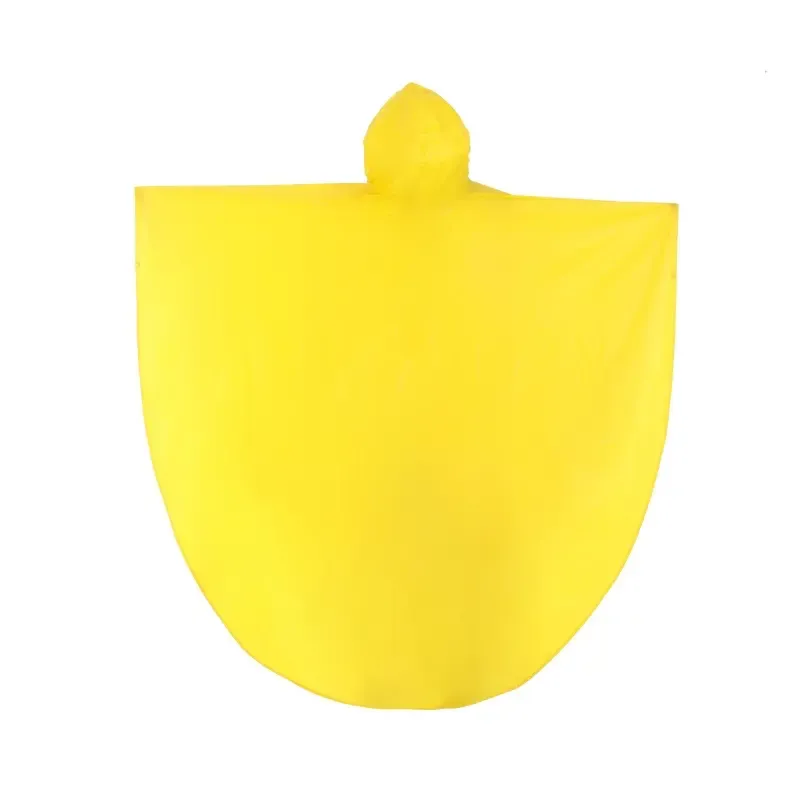
(raincoat manufacturers)
FAQS on raincoat manufacturers
Q: What are raincoat manufacturers?
A: Raincoat manufacturers specialize in designing and producing waterproof outerwear for protection against rain.
They utilize materials like PVC, polyester, and nylon to ensure durability and functionality.
These suppliers typically offer bulk production for retailers and brands globally.
Q: Do men raincoat manufacturers offer custom designs?
A: Yes, most men raincoat manufacturers provide custom design services for brands.
They allow customization of materials, colors, patterns, and sizing to match specific requirements.
Minimum order quantities (MOQs) usually apply for tailored productions.
Q: What standards do PVC raincoat manufacturers follow?
A: PVC raincoat manufacturers adhere to international safety and quality certifications.
Compliance with REACH, OEKO-TEX, or ISO standards ensures non-toxic, waterproof performance.
Regular factory audits maintain consistent product reliability.
Q: How to find ethical men raincoat manufacturers?
A: Research manufacturers with verified ethical production audits like SMETA or BSCI.
Verify their labor practices and sustainable material sourcing through certification databases.
Transparent suppliers often publish CSR reports on their websites.
Q: Can PVC raincoat manufacturers produce recycled-material coats?
A: Many PVC raincoat manufacturers now offer recycled-PVC or eco-PU options.
These sustainable alternatives meet performance standards while reducing environmental impact.
Confirm recycled content percentages and relevant eco-certifications before ordering.
Related Products
Related News



